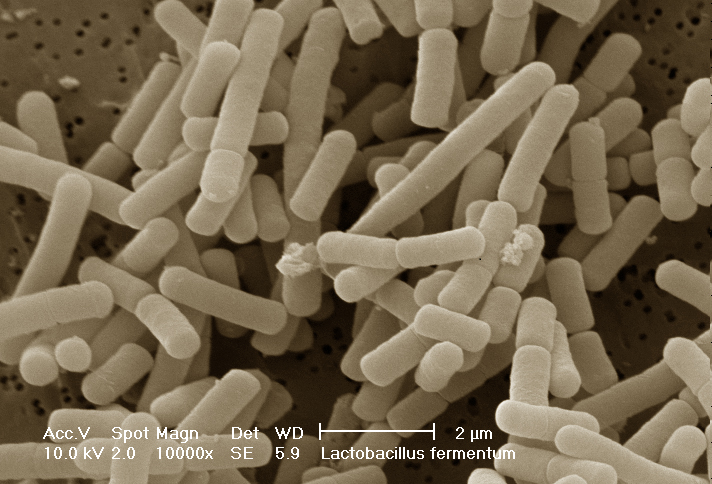Genus Lactobacillus reclassified
The genus „Lactobacillus“ has, for a long time, been a collecting basin in bacterial taxonomy. All Gram-positive, lactic acid-producing, rod-shaped bacteria incapable of producing spores were almost automatically assigned to this genus. As a consequence, the genus Lactobacillus contains numerous bacteria which are genetically very different regarding their mol% G+C content, genome size and number of genes.
In a cooperation between the Department for Microbiology and Biotechnology of the Max Rubner-Institute, and scientist from Belgium, China, Ireland, Italy, Canada and Taiwan, which was headed by Prof. Gänzle from the University of Alberta in Edmonton, Canada, the chaos in the taxonomy of species belonging to the genus Lactobacillus was finally resolved.
Using a polyphasic approach, based on i) physiological data, ii) core genome phylogeny, ii) pairwise average amino acid identity and iv) clade-specific signature genes, the genus Lactobacillus could be reclassified and 23 novel genera were newly created. The results of the study were recently published in the peer-reviewed journal International Journal of Systematic and Evolutionary Microbiology (<link https: www.microbiologyresearch.org content journal ijsem ijsem.0.004107 external-link-new-window externen link in neuem>
www.microbiologyresearch.org/content/journal/ijsem/10.1099/ijsem.0.004107
).Although the study represents enormous progress in the taxonomy of these bacteria, it will probably create some problems for the food industry. Lactic acid bacteria are traded world-wide as starter cultures for food fermentations in the production of e.g., yoghurt, cheese and raw fermented sausages. Because of their importance to the food industry, the novel findings on the taxonomy of Lactobacillus were presented and discussed at a “Lactic Acid Bacteria Industrial Platform” (LABIP) Symposium (https://www.sciencedirect.com/science/article/abs/pii/S0924224419303164), that was held prior to the publication of the taxonomy changes and at which both scientists and industry representatives took part. The changes relating to the novel genera will thus not only affect the nomenclature of specific starter cultures, but will also influence the labelling of specific fermented products (see Figure).
Figure 2 "Scanning electron micrograph of a Lactobacillus fermentum culture.":
This species was first described in 1901 by the Dutch microbiologist Prof. Martinus Willem Beijerinck and will henceforth, after almost 120 years, be known as Limosilactobacillus fermentum.



